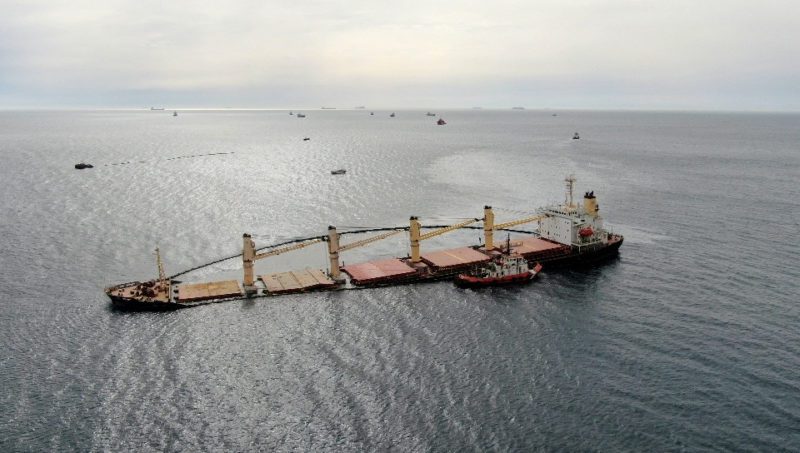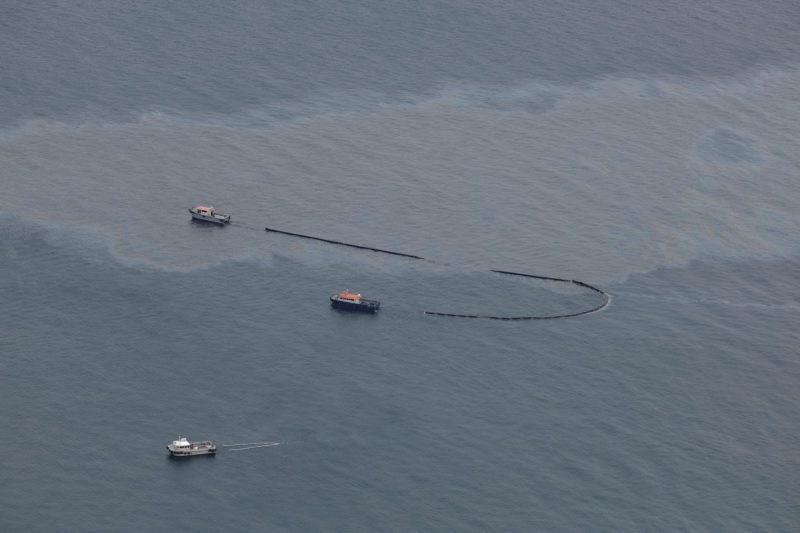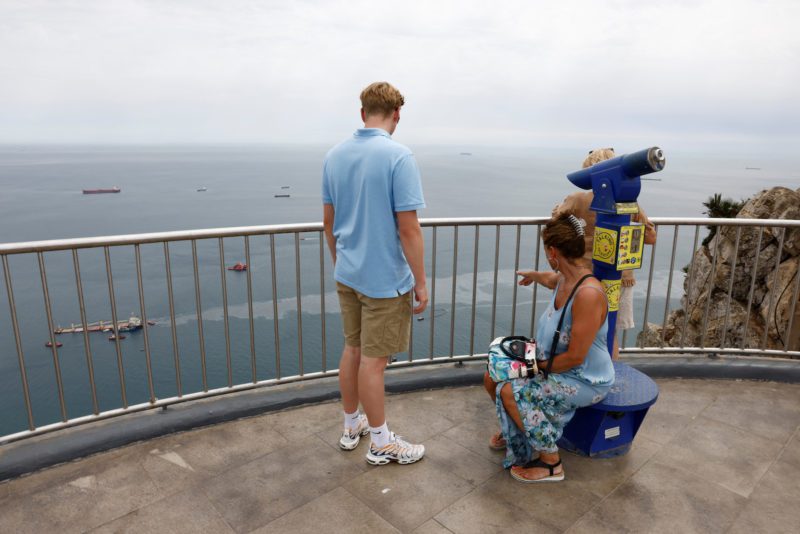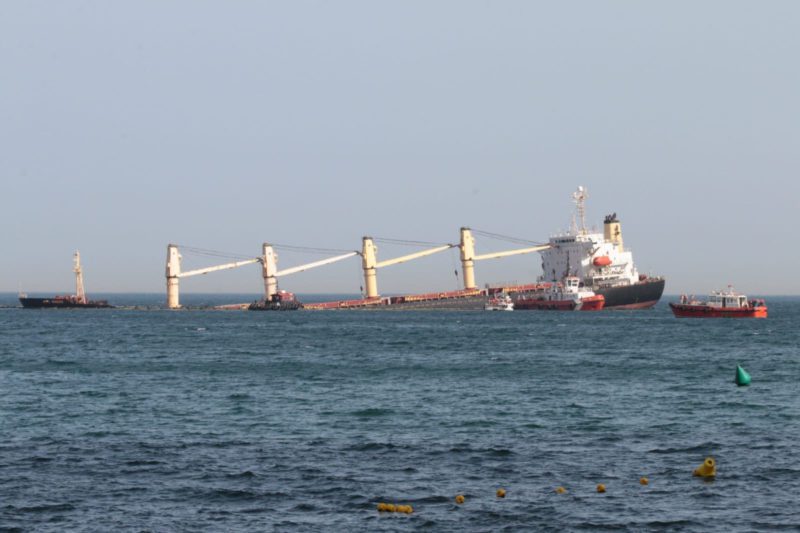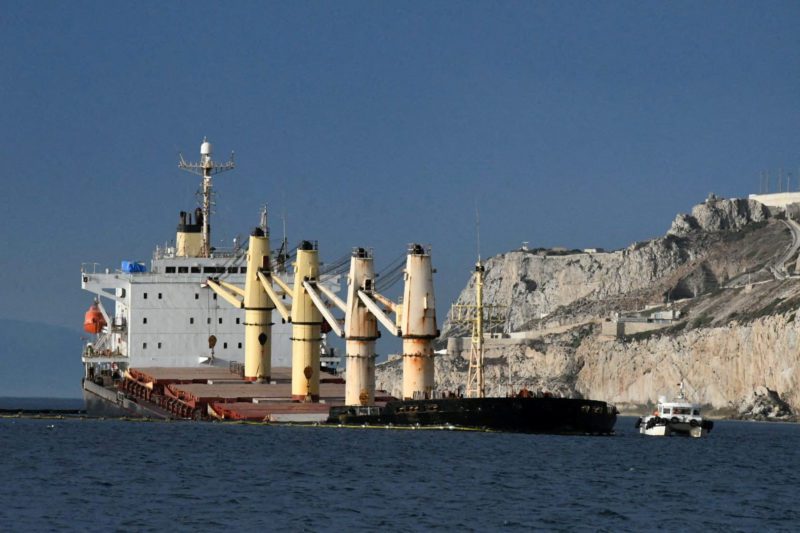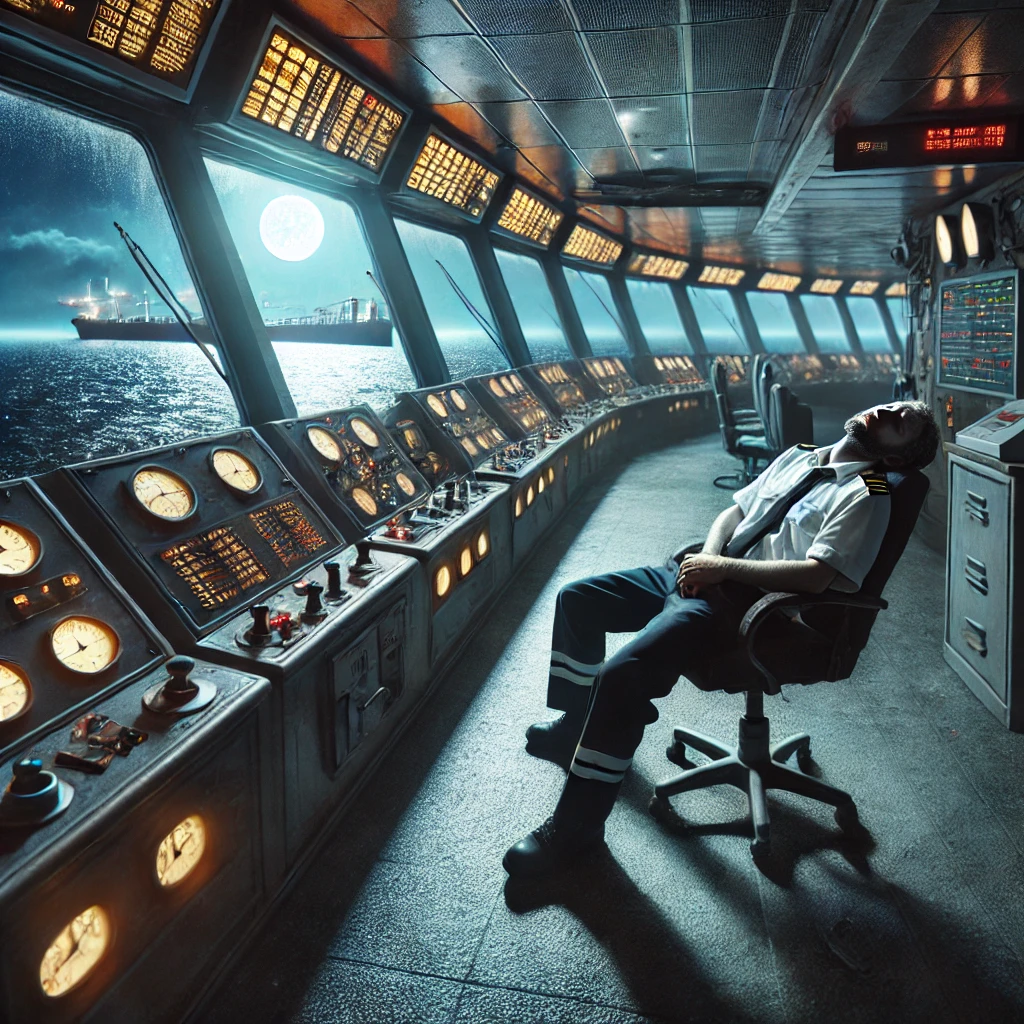When SMM kicks off in early September, maritime professionals from all over the world are set to rejoice at the return of this long-awaited industry event – not only to get the complete overview of innovations, solutions and technologies – but also to enjoy this unique opportunity to reunite with the people at the heart of the industry.
According to VIKING SVP Benny Carlsen, “VIKING Life-Saving Equipment returns to SMM in Hamburg this year to further reinforce its position as the industry’s full scope partner for safety, whose recent investments have also anticipated changing supply and service needs across the world of maritime.”
In the period since SMM 2018, VIKING has fully integrated lifeboat OEM and service leader Norsafe, become a force to be reckoned with in marine fire services, launched next generation ranges of PPE and established the unique HydroPen™ system as the market’s leading container firefighting technology. But the company has also invested in digital asset management, further strengthened its service organization, grown its ‘VIKING Academy’ training services, and enhanced and digitalized its supply and service agreements.
“It feels like forever since the last SMM, but now we can’t wait to welcome all existing and potential customers, partners and industry peers to our stand, where visitors can experience our full scope maritime safety solution” – says Benny Carlsen. “Covid-19 surely accelerated digitalization, but there have been other major developments in safety equipment supply and servicing since we last gathered at SMM, and we’ve been responding to, and driving, change. Safety comes first, but to stay competitive in challenging markets, successful operators maintain performance while also finding ways to maximize efficiencies and reduce cost.”
Most of the owners of 20000+ vessels having safety compliance managed under a VIKING Shipowner Agreement have included the concept’s subscription-based approach to liferaft supply and servicing; increasingly, customers are adding lifeboat service, marine fire equipment service, PPE exchange, and LSA on Demand to their agreements, Carlsen says.
“More and more, the VIKING Shipowner Agreement is the favored framework for customers for ensuring onboard safety and compliance. It replaces complexity with flexibility and reduces administration and operational risk, streamlining and simplifying their equipment management.”

Smart shipowners subscribe to safety HydroPen™
OEM competence and product innovation remain critical, Carlsen emphasizes, pointing to VIKING’s development of new lifeboats and ranges of PPE for service engineers, seafarers and air crews. Another eye-catching solution is the unique LifeCraft™ – the world’s first flag and type approved advanced evacuation and survival craft system, capable of replacing lifeboats on cruise ships. VIKING also arrives at SMM buoyed by the success of landmark orders to equip the entire fleets of some of the world’s largest container carriers with its HydroPen™ container firefighting system. Most recently, A.P. Moller – Maersk adopted the solution for its entire owned vessel fleet.
“In a way, HydroPen™ is an embodiment of what we’ve been achieving: it improves safety for the crew, the cargo and the ship, and helps the owner avoid fire related risks to crews and assets – along with significant related financial costs.”
However, operators also increasingly looked to VIKING to cover safety needs “as a service”, says Carlsen. SMM therefore offered a key opportunity to showcase its new capabilities in marine fire services (MFS), following its acquisition of the Drew Marine Fire Safety division in 2019.
VIKING has consolidated the business with its own MFS, invested in a firefighting foam laboratory, opened an MFS training center and reached distribution agreements with foam supplier Dr. Sthamer. “The MFS team is now supported by a network of 150+ port locations and served by VIKING’s dedicated workshops and authorized service providers,” Carlsen adds.
In business growth terms, VIKING’s multi-brand lifeboat, rescue boat, launching and release gear maintenance, testing, retrofit and overhaul services was providing another relevant example. “We ensure quality and flexibility by controlling the entire service value chain including booking, administration, spares, execution, documentation, training and support,” he says.
Source: VIKING




